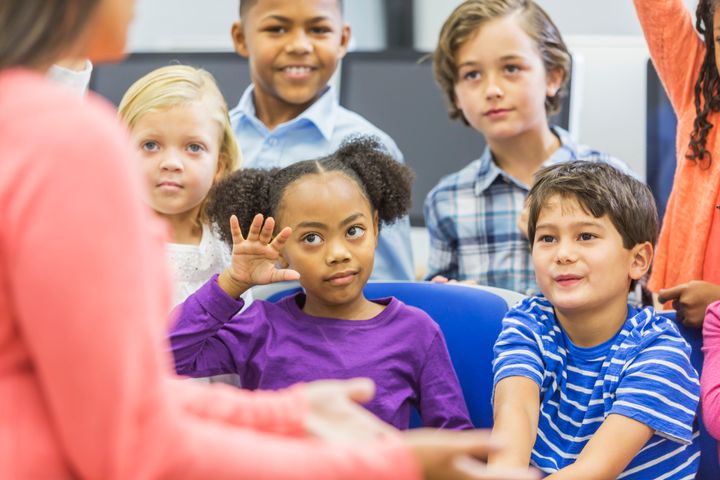
This week I’ve been into my daughter’s class to talk to the children about living with epilepsy, disabilities in general and using a wheelchair. The children are in Year 1, so five/six years old, and are at a perfect age to learn that everyone is different and that’s OK. I also wanted to teach them empathy towards others with disabilities, whether they are other children in their school or people they come across in the street.
I started by telling the class I have epilepsy, which is a type of disability. I asked them what they thought having a disability meant. This prompted many funny responses such as, “It means all your bones are broken” and, “You can catch being poorly from someone else!”
I told them having a disability means something that stops you from doing normal everyday activities. I wanted to explain to children that some disabilities are obvious, like me in a wheelchair, and some are on the inside and you can’t see them. I wanted them to understand you can’t always tell if a person has a disability just by looking at them and invisible disabilities are very hard.
I highlighted the differences we all have such as hair and eye colours. I went on to say some people are tall and some people are small. Some people have special talents. I explained that my brain is just different to theirs, even though I use a wheelchair I can still do things like write stories, go to the park etc. Sadly not to play football, as one child asked me! Although we did figure out a way I could do this if I really wanted to!
I told them it’s OK to ask someone why they have a disability. I prefer that than people just staring at me. Most people will be happy to answer questions and explain what is wrong with them.
I wanted the children to realise that some people with disabilities get better and some don’t. I told them I have two people called carers who come to my house everyday and make some food for me as I can’t do that. I need lots of help but some are able to cope on their own.
I use a wheelchair because I have epilepsy, which means my brain doesn’t always do what I want it to do. I went into a little more detail to say our brains control our bodies and when I have a seizure it’s like a little cough in my brain that briefly stops a part of my brain working. For older children I would have explained more about brain waves and how seizures affect the patterns of the waves. The children I was speaking to needed a very simple explanation.
I explained further that seizures can happen in different parts of your brain so they affect different parts of the body. Mine affects the muscles in my legs and make me fall down. I use a wheelchair to keep me safe and it stops me from getting hurt.
I told the children I take tablets from a special brain doctor called a neurologist to help my epilepsy. The tablets can make me tired and I have to spend a lot of time in bed.
With the help of the teacher we asked the class questions such as, ‘can you imagine what it is like to have a disability?‘,’ how do you think it would feel,′ and ’what things would you have to do differently?′
It’s really important to talk to young children about people with disabilities and I would always encourage someone with a disability to go and talk to children. They are naturally curious and ask you anything that is on their mind. It is the perfect opportunity to shape their thoughts and encourage them to treat people the same. The main message I wanted to get across was that I am different, but we are all different, and that’s a good thing.